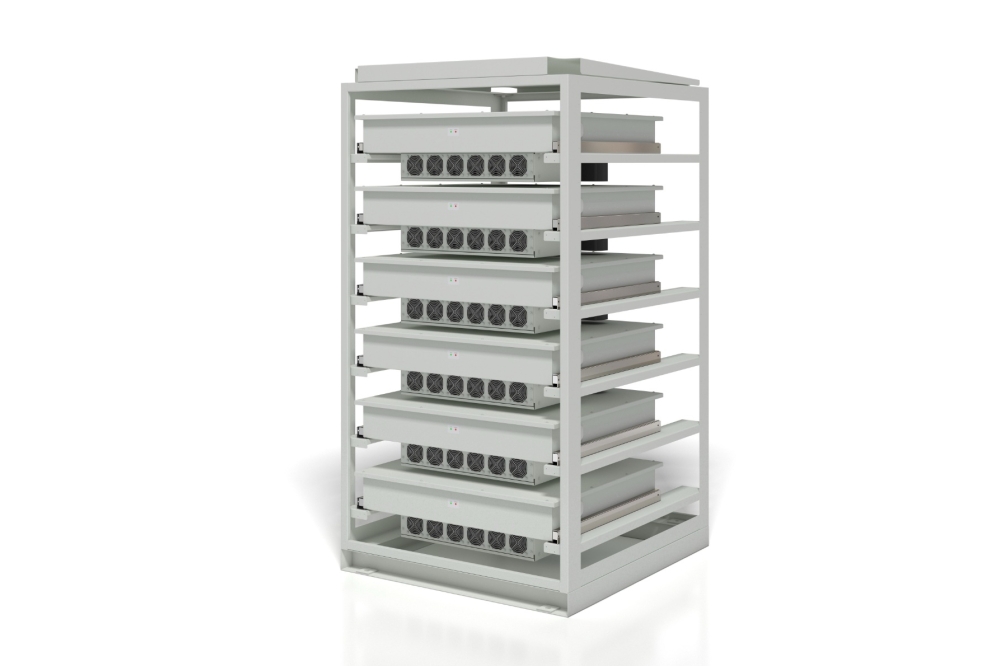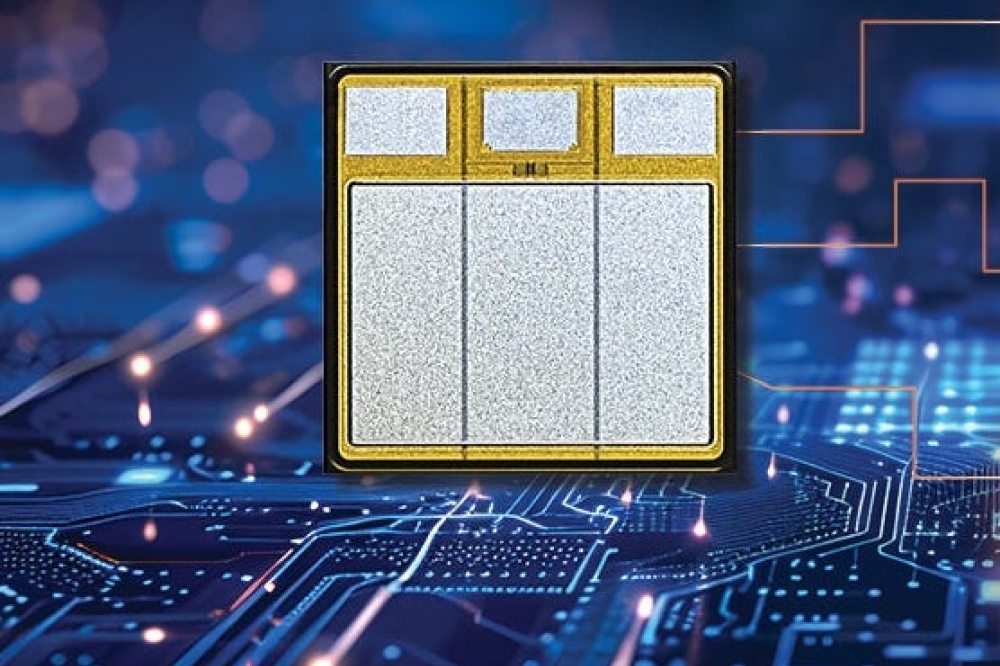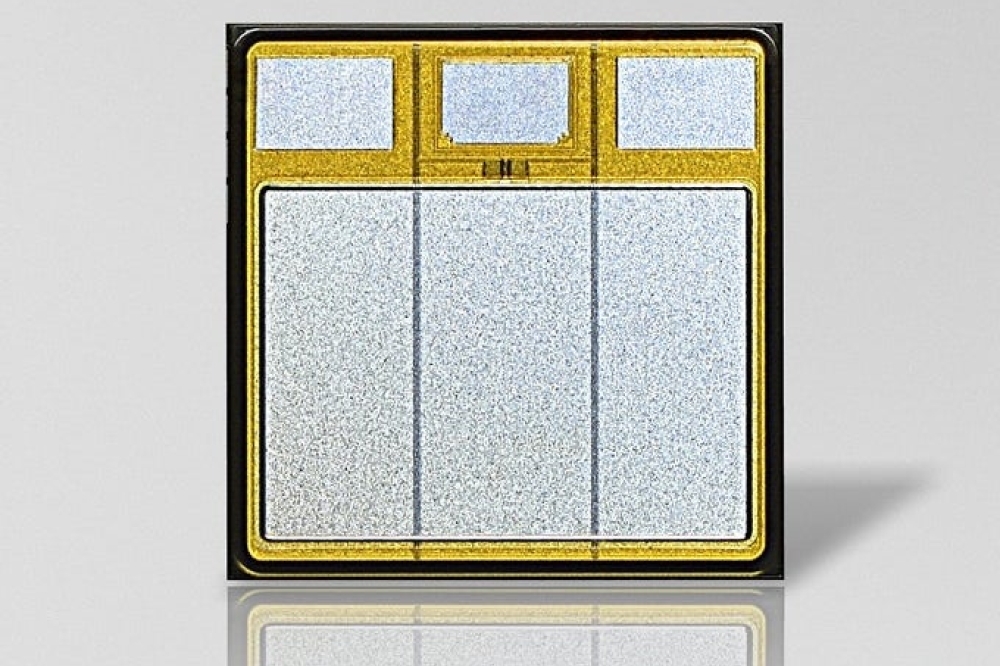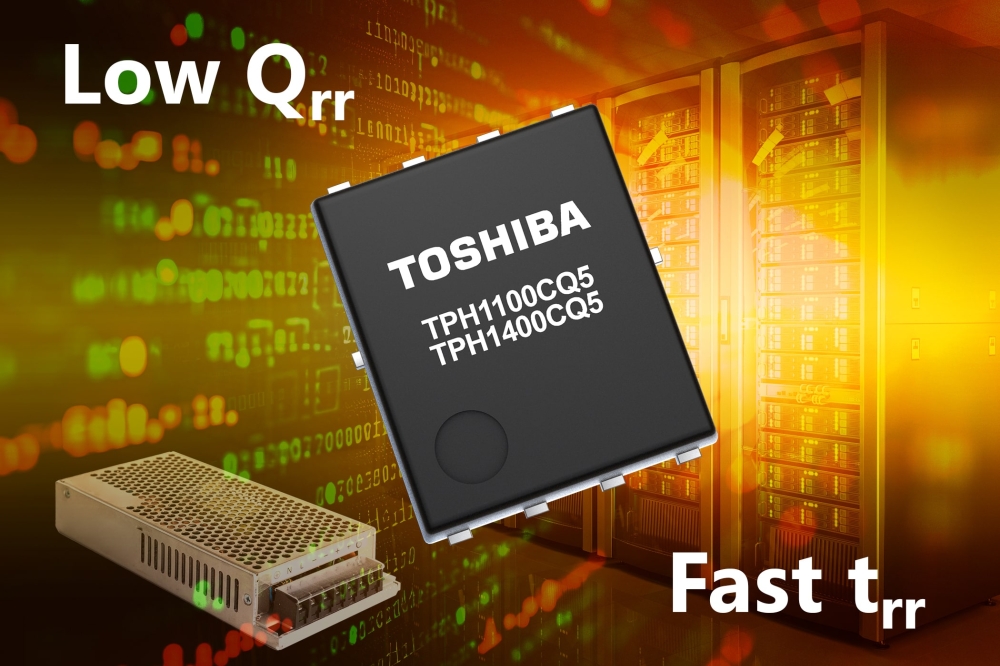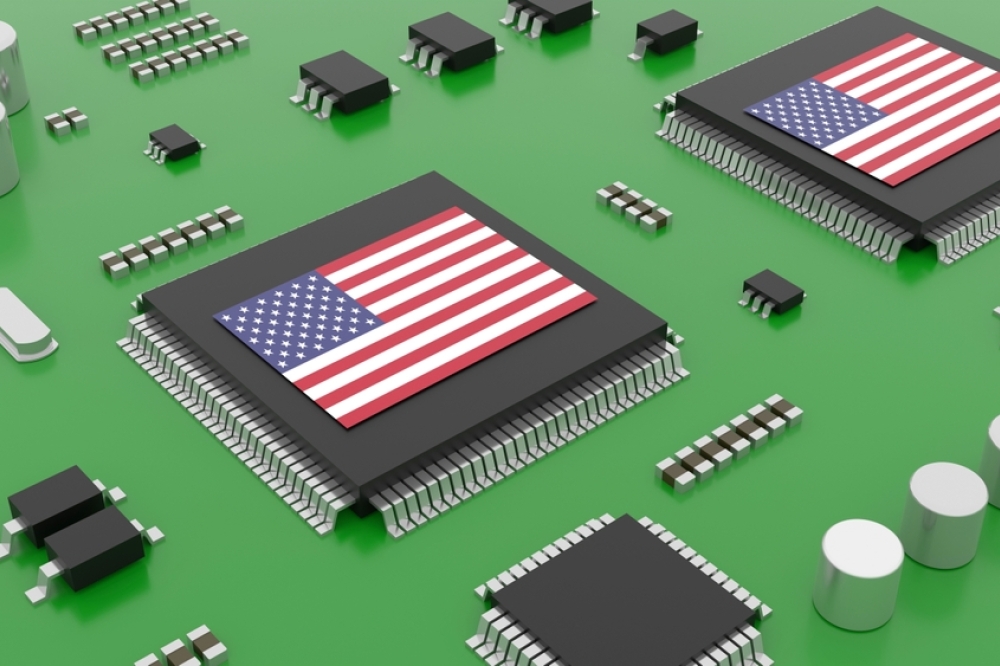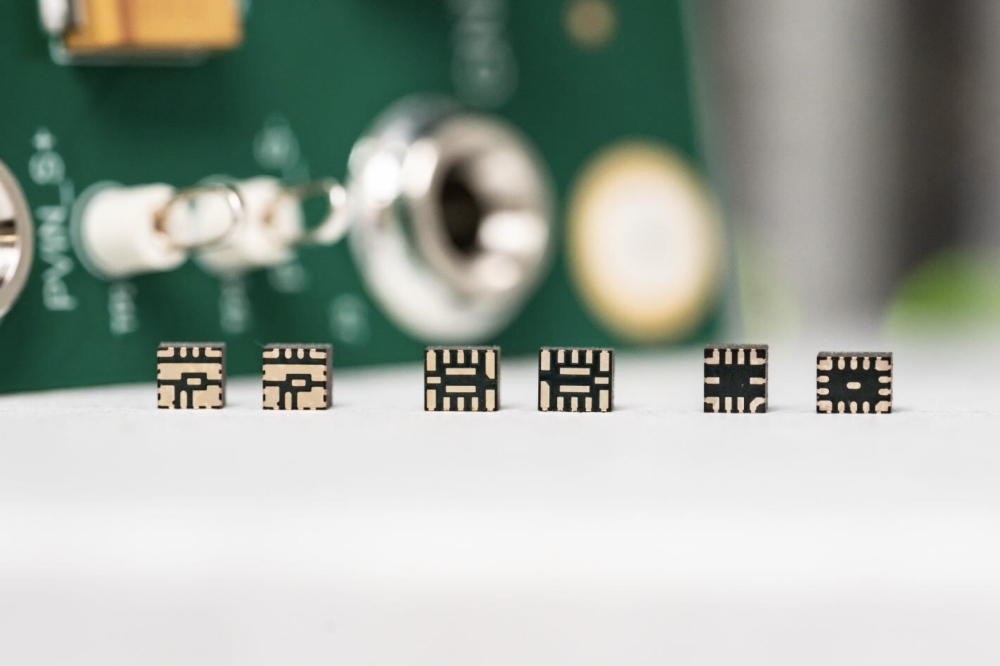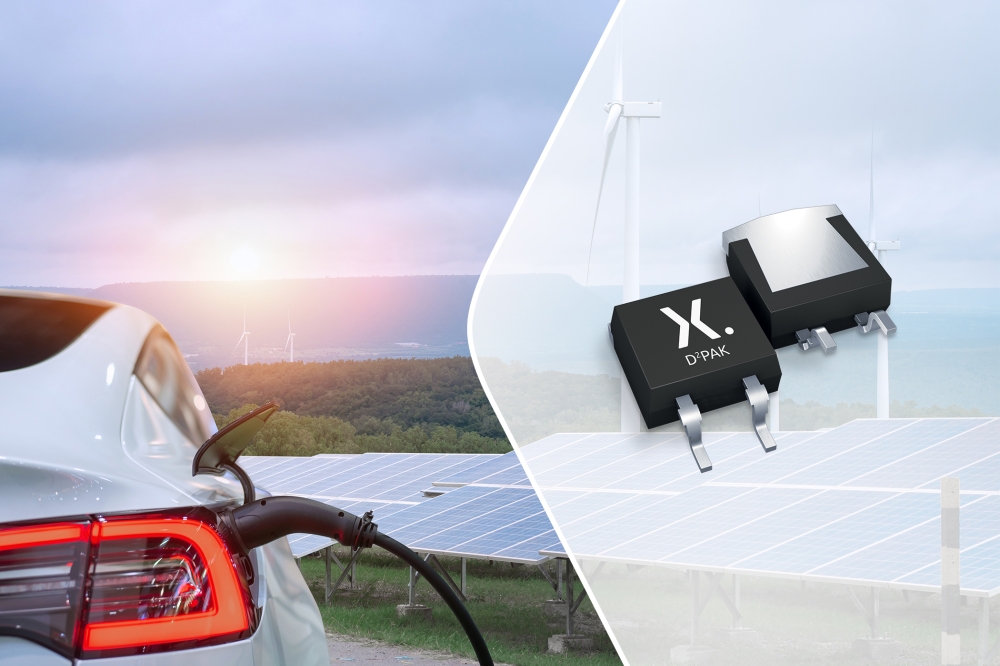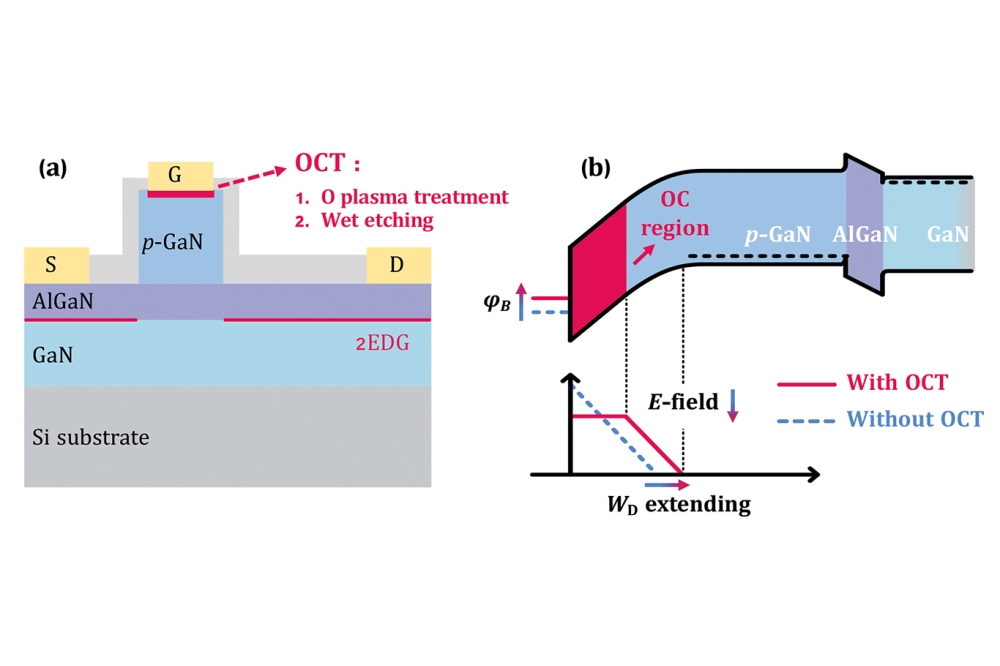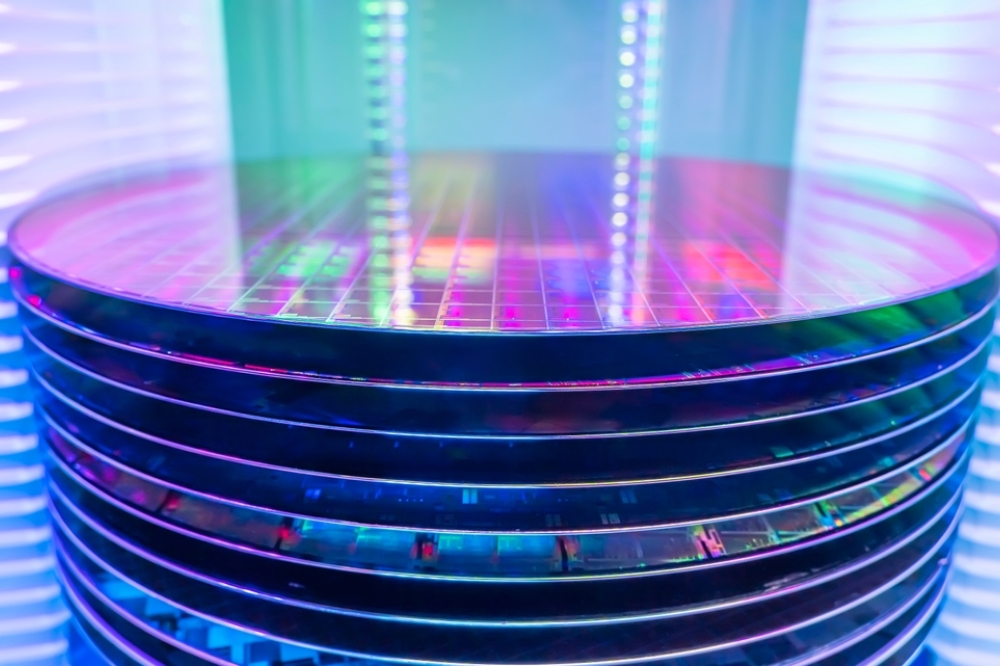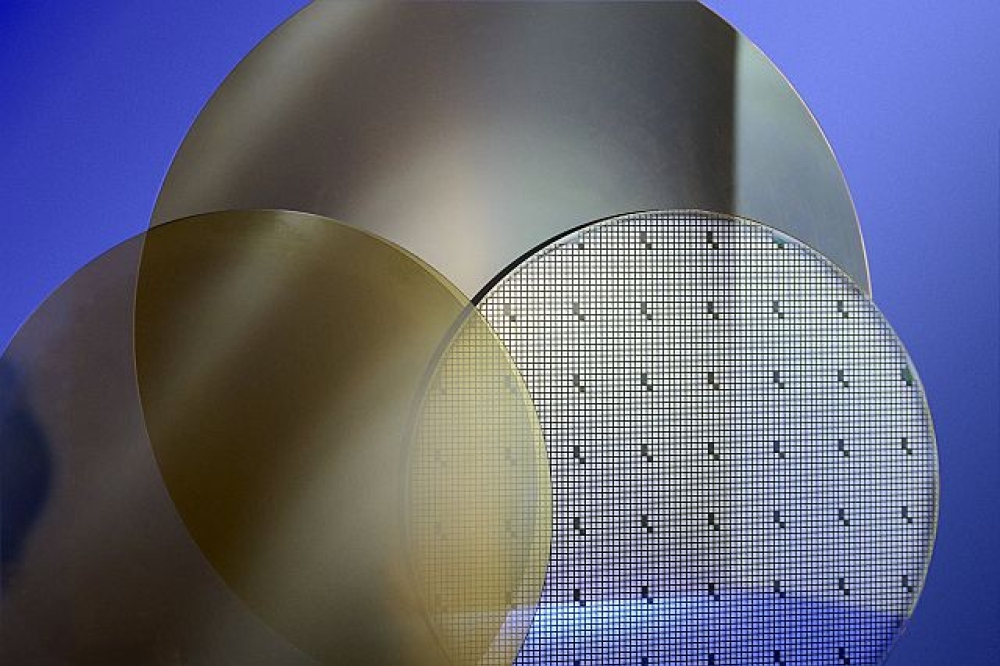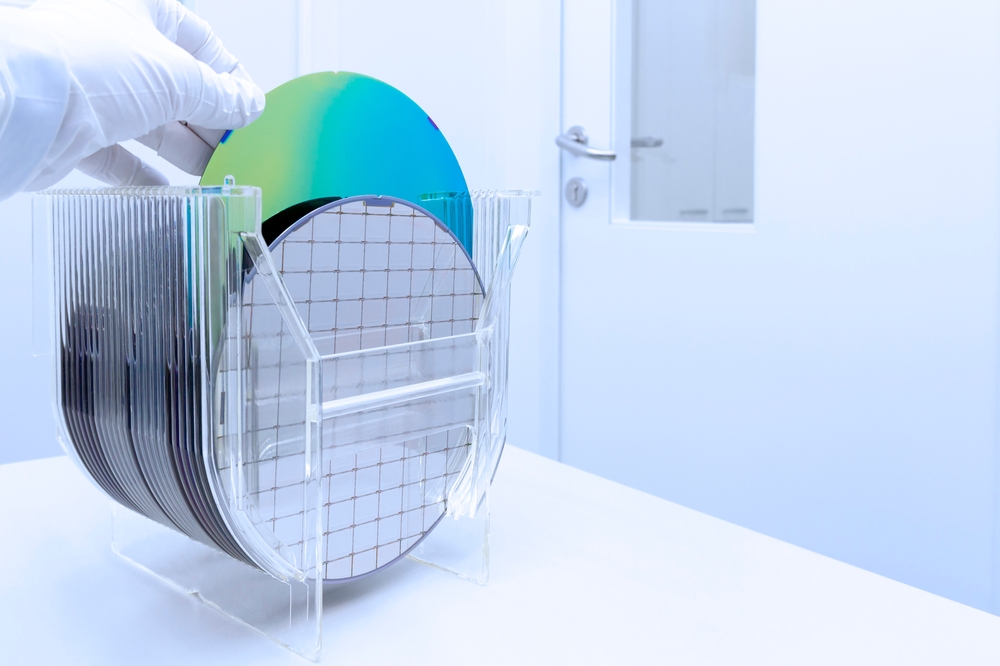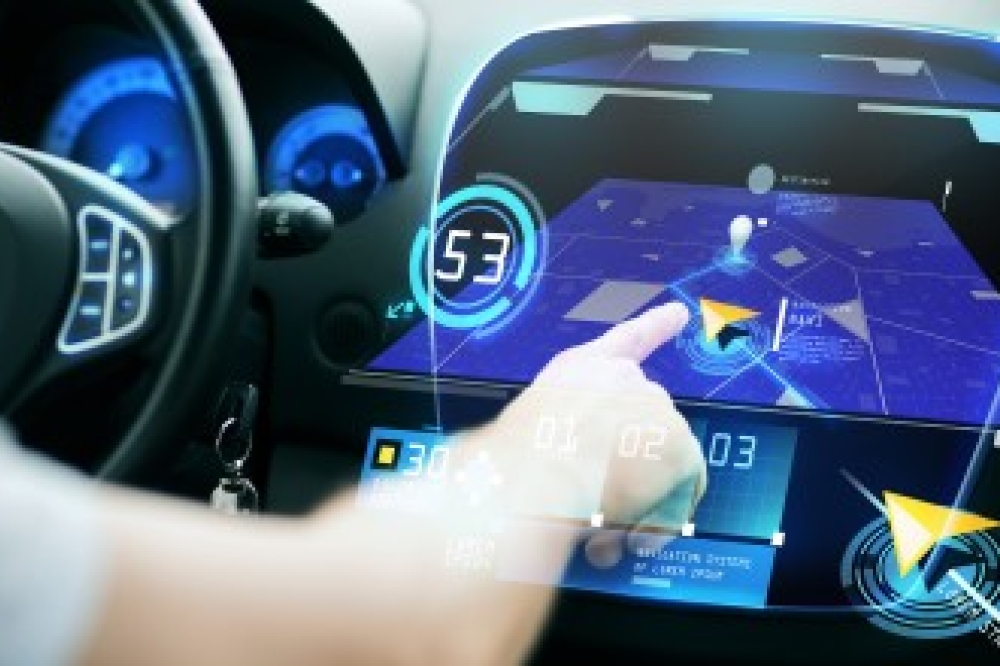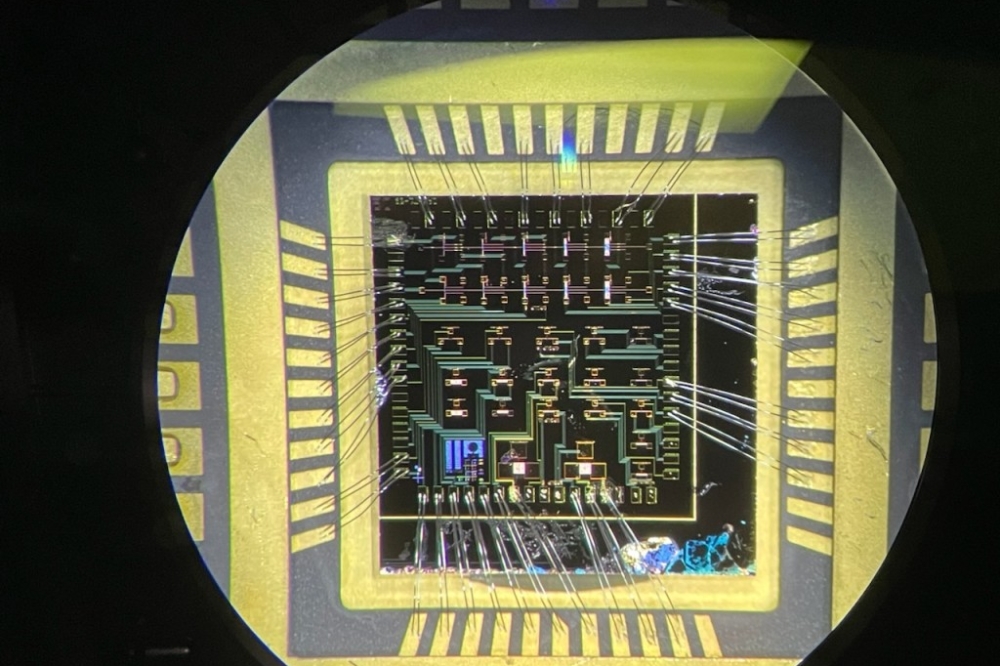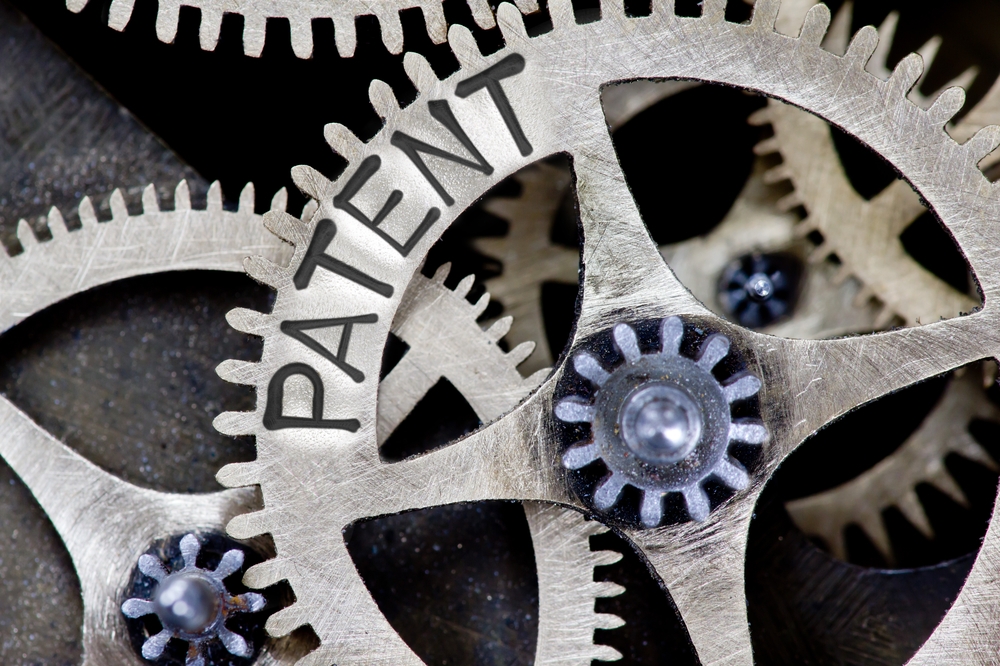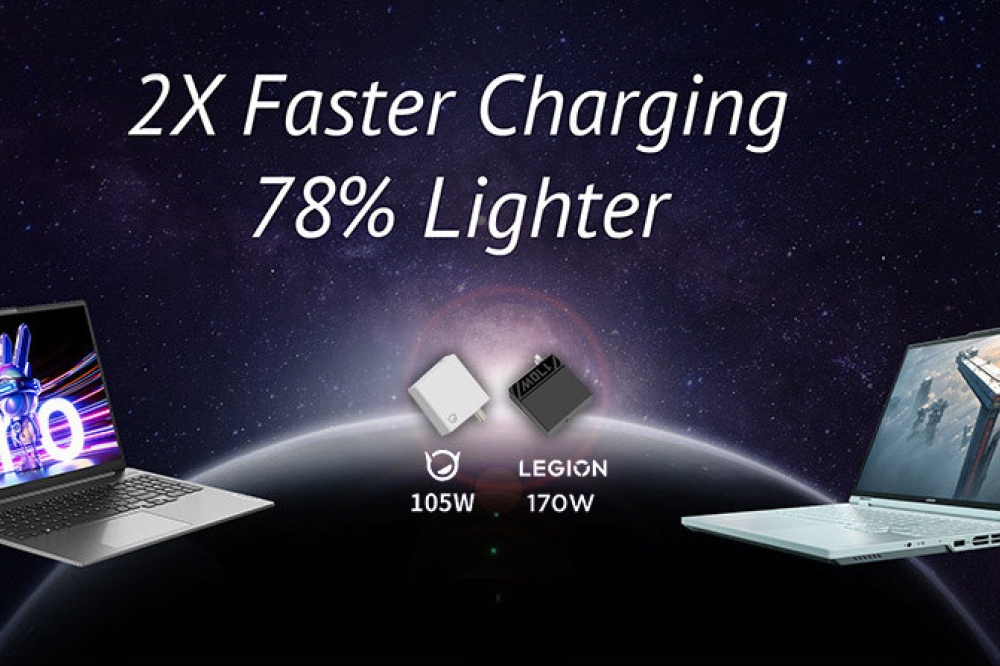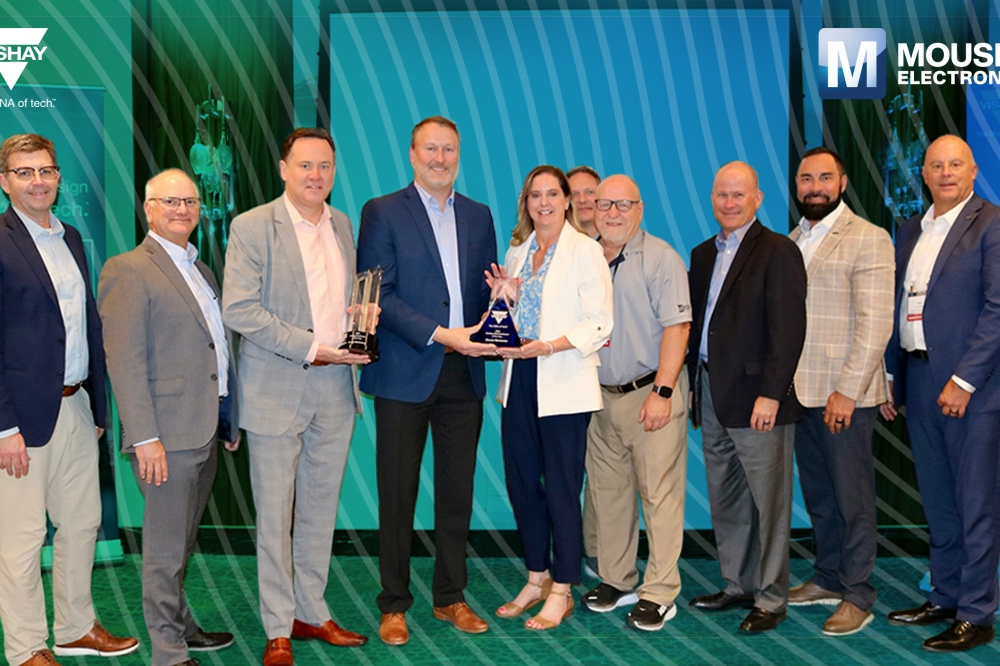Chinese team defines fast charging law

'Lichi Law' shows commercial GaN fast charging increases by 60 percent every 9 to 12 months
Researchers from South China Normal University, Red and Blue Microelectronics, Shenzhen Baseus Technology, Zhejiang University, and Shenzhen University have conducted research on GaN fast charging in the market in the past five years and found a regular trend made up of three elements.
First, the output power of commercial GaN fast charging increases by 60 percent every 9 to 12 months. Second, the output power density of commercial GaN fast charging increases by 30 percent every 6 to 9 months. And third, the output power density of commercial GaN fast charging increases by 50 percent every 20 to 24 months.
They are calling it 'Lichi Law' because the researchers gathered under a lychee tree on the Shenzhen University campus to discuss these developments.
Five years of fast charging
In 2019, the technology of GaN fast charging products was immature, resulting in a general fast charging power of only 20~30 W in the market, with a relatively large volume. This led to a power density of GaN fast charging generally being below 1 W/cm³. However, by 2021, market technology had matured, and the characteristics of GaN devices were successfully used to reduce the volume of fast charging, resulting in a power density of GaN fast charging products on the market generally exceeding 1 W/cm³.
This sparked fierce competition among major brands in the research and development of GaN fast charging. In 2023, Realme released a 240 W GaN fast charging product that was only 102 cm³ in size. This achievement successfully pushed the power density of GaN fast charging to reach 2.36 W/cm³, making it the highest power density in the market for GaN fast charging.
In terms of quality, Anker unveiled the market's first 30 W GaN fast charger in 2018, with a mass of 54 g and a power density of only 0.53 W/g. As GaN fast charging technology developed in 2022, OPPO released the first GaN fast charging product to break through 200 W. Weighing only 147 g, the OPPO 200 W charger achieved a power density of 1.36 W/g, making it the first brand in the market to exceed 1 W/g. Currently, the Realme 240 W released in 2023 boasts the fastest charging output power in the market, weighing only 166 g and achieving a power density of 1.44 W/g.
In October 2018, ANKER released the PowerPort Atom PD1, the world's first USB PD GaN charger, in New York, marking the official entry of GaN technology into the consumer market. In September 2019, Baseus released a 2C+A GaN charger at their new product launch conference, with a charging power of 65 W, which sparked enthusiasm in the GaN fast charging market and attracted the attention of consumers to various brands of GaN fast charging. In August 2020, Xiaomi released the Mi 10 with its accompanying 120 W GaN fast charger, making it the first mobile phone GaN charger to achieve an output power exceeding 100 W, and marking domestic manufacturers' success in the field of GaN fast charging.
In January 2021, OPPO's sub-brand iQOO also broke through the 100 W fast charging technology and released the 120 W GaN fast charging iQOO7, becoming the first mobile phone manufacturer in the world to achieve fast charging power exceeding 100 W. In July 2022, iQOO released the iQOO 10 series of mobile phones, announcing that the fast charging technology of their mobile phones exceeded 200 W and releasing a 200 W GaN fast charging charger, making them the first mobile phone manufacturer to achieve fast charging power exceeding 200 W. In January 2023, Realme launched the GT Neo5 mobile phone at the MWC conference with 240 W GaN fast charging, achieving a power density of 2.36 W/cm³ and 1.45 W/g, leading the industry in terms of technical advancements.
According to product 3C report statistics, there has been significant growth in product power density over the past five years.(Fig. 3.) In 2018, Anker released the first GaN fast charger with a power density advantage of 0.56 W/cm³. A year later, OPPO released a 65 W GaN fast charger with a power density exceeding 1 W/cm³, reaching 1.01 W/cm³. In 2022, iQOO launched a 200 W charger, achieving a power density exceeding 2 W/cm³, reaching 2.01 W/cm³. In October 2018, Anker released the first GaN fast charger with a low weight achieving a power density of 0.54 W/g. Four years later, in July 2022, iQOO launched a 200 W charger achieving a power density exceeding 1 W/g, reaching 1.36 W/g. This is a significant improvement compared to the 0.86 W/g Xiaomi 120 W fast charger released in 2021, marking the commercial breakthrough of GaN fast charging exceeding 1 W/g.
GaN fast charging data
The researchers say that the following three points show the key data.
The interval between the launch of Anker's 30 W GaN fast charger in October 2018 and Xiaomi's 120 W GaN fast charger in August 2020 was 22 months. Subsequently, iQOO launched a 200 W GaN fast charger in July 2022, with an interval of 21 months.
Starting in October 2018, Anker released the first GaN fast charger with a power density of 0.56 W/cm³, due to its size advantage. In October 2019, OPPO released their 65 W GaN fast charger, achieving a power density exceeding 1 W/cm³, reaching 1.01 W/cm³, with a 12-month interval between the two. Then, in July 2022, iQOO launched their 200 W GaN fast charger, achieving a power density exceeding 2 W/cm³, reaching 2.01 W/cm³, also with a 12-month interval. Overall, there was a 33-month gap between the first and last releases.
Anker released the first 30 W GaN fast charger with a power density of 0.54 W/g in October 2018, and in July 2022, iQOO released a 200 W GaN fast charger, achieving a power density exceeding 1 W/g. Over the span of 45 months, the power density increased to 1.36 W/g. In January 2023, Realme released a 240 W GaN fast charger with a power density of 1.44 W/g.


